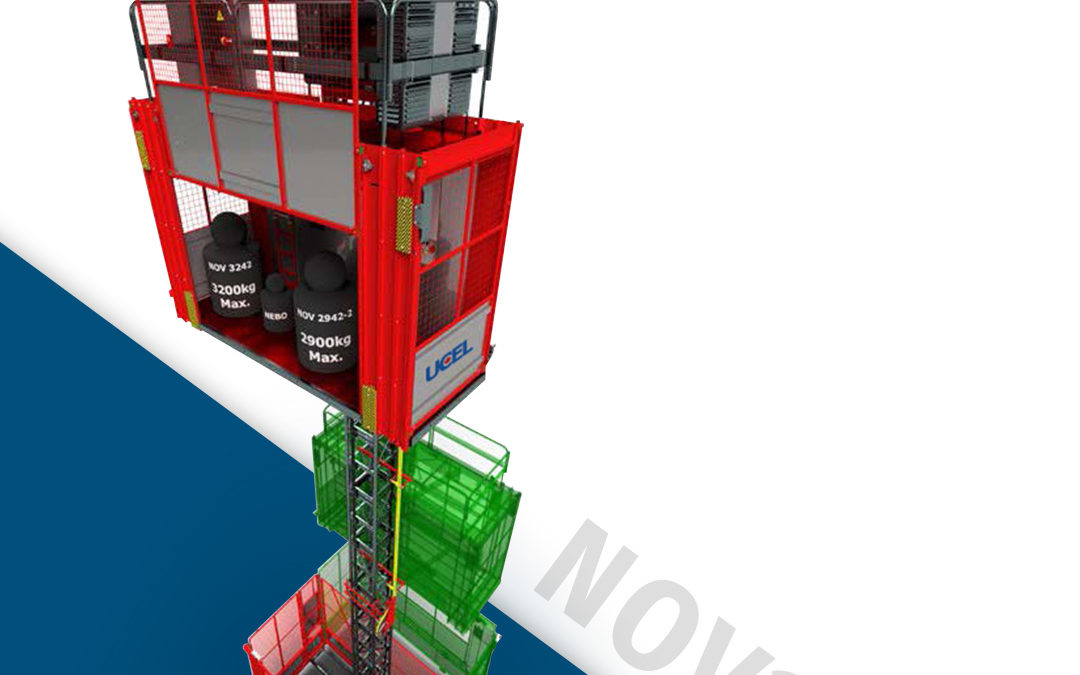Contractors and construction firms prioritize a job well done, timely project completion, and safety on the job site. These goals are all more easily realized by using the proper equipment—namely, the right construction hoist. But how do you know which construction hoist is best for a job? Consider these tips for selecting the right construction hoist for your application.
Capacity Requirement
It is impossible to select the appropriate construction hoist without determining capacity requirements ahead of time.
Construction hoists can range in capacity from 1,000 to 16,000 pounds, depending on the manufacturer. They can be material-only or intended for personnel and materials. The most commonly offered capacities range between 5,000 and 8,000 pounds. Generally, rental companies will have lower capacity construction hoists with lower speeds, and conversely, higher capacity construction hoists with higher speeds.
Capacity is very important because, due to code requirements in codes like ANSI 10.4 and CSA Z185, capacity determines car size. So, if you need a long or wide car for materials like large curtain wall, you’re probably going to need a higher-capacity car. Additionally, when rental companies add extensions to their car bodies, capacity decreases accordingly.
Determining Usage
In order to choose the right hoist, you need to determine what you will be lifting. Will you be lifting personnel? If so, how many people will you need to transport at a time? Will you be transporting supplies? Depending on the number of personnel or supplies in need of transportation, it may be wise to use two small hoists rather than one large one.
It is also important to consider maintenance and service downtime. If you have a tall project, using a single construction hoist means you have no vertical access during jumps, maintenance, or service calls. Choosing the right contractor can alleviate some of those issues, but for a project of any substantial size, it’s always recommended to have at least two construction hoists.
Determining Speed
Construction hoists can operate at many different speeds, ranging from 40 feet per minute to 330 feet per minute. Normally, the shorter your project, the lower your speed requirements.
It’s very important to consider speed and capacity prior to your hoist’s arrival because these factors directly correlate to electrical service requirements. A transport platform-style construction hoist will travel at 40 feet per minute and is about 10’ long, carrying 5,000 pounds, and will only draw about 35 amps at 480V. However, a 300 foot per minute, 18’ long car body, 8,000-pound machine will draw 200+ amps per car.
Appropriate Training
For a project to be completed safely and on time, it is imperative that personnel have the proper training. This is especially true for hoist operators. Though there is no licensure required to operate a hoist in most states and provinces, personnel should still be trained in how to use them. This can include company-specific training, familiarizing themselves with the operator’s manual, and any available video or on-site training from the manufacturer. Every contractor should offer a manufacturer-guided operator training course for every operator on the site.
